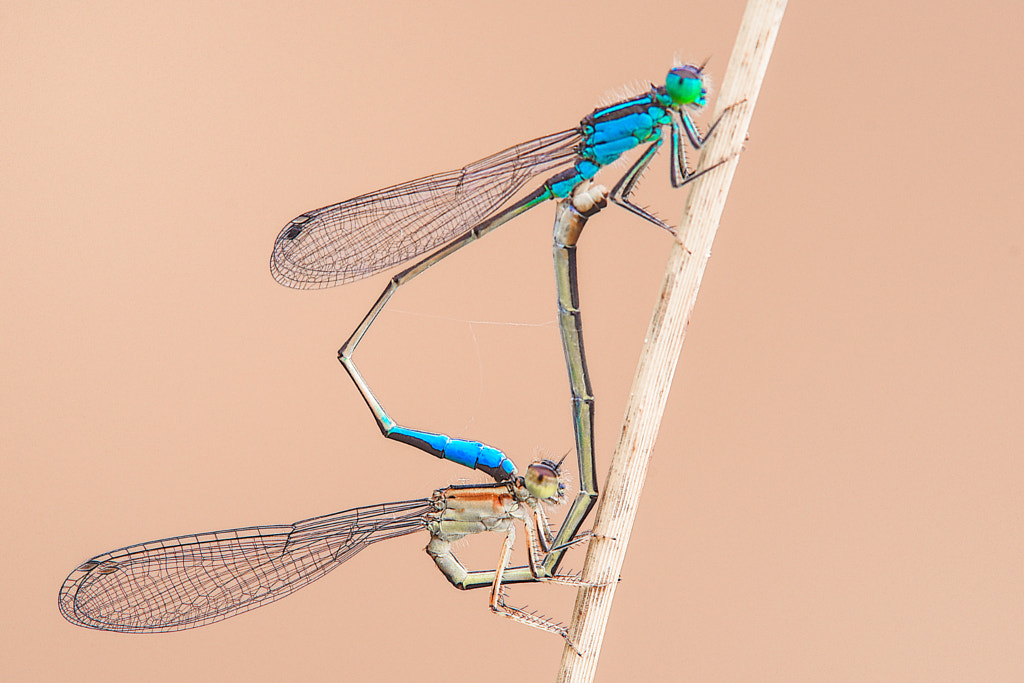One of the many disservices done to young people by our schools and colleges is giving them the puffed-up notion that they are in a position to pass sweeping judgments on a world that they have barely begun to experience.
—Thomas Sowell, “Celebrated speech misses point on intelligence vs. performance,”Deseret News, August 13th, 2010.
Open-source data offers a trove of possible evidence, but it is untested at the International Criminal Court – “Each morning as he sips his coffee, Giancarlo Fiorella opens Telegram, a social-media app popular in Ukraine, and starts scanning for videos of potential war crimes—attacks on schools, or use of cluster munitions. When he finds something, he goes through a lengthy process to verify that the video is real. A single clip usually takes about an hour. Then he begins the process over again. “There are tons and tons of images coming out every single day,” said Mr. Fiorella, an analyst for Bellingcat, an open-source investigative organization. Open sources, like videos on social media, have become an essential part of the effort to document war crimes in Ukraine. Satellite images show the aftermath of bombings to anyone who wants to look. Images and videos depicting what appear to be violations of international law are popping up online faster than during any previous conflict. Data drawn from a variety of public sources can be triangulated to track the movement of Russian military units. Although hundreds of professional investigators—from the Ukrainian general prosecutor’s office, the International Criminal Court, and several other European countries—are at work on the ground, they can’t keep up with the flood of material. As a result, much of the work of capturing evidence is now falling to amateurs. Nonprofit groups are photographing bomb sites and interviewing victims. The Ukrainian government has created a website where witnesses can send in evidence; it has received thousands of submissions. And a phalanx of volunteers is combing the internet for photos and videos of potential war crimes and preserving the posts in case they are later deleted…
But data from open sources is untested at the ICC, and it has been tossed out by national courts in some cases. While satellite images have been used at trials for decades, the person who recorded a video traditionally needs to testify to its authenticity in court. With many videos posted online, the authors are unknown. A number of efforts to professionalize the collection of open-source data are under way. The Ukrainian government has released an app for citizens with a chatbot that advises how to record reliable video, including capturing the surrounding area on screen so it can be more easily verified later. In 2020, Lindsay Freeman, law and policy director for the Human Rights Center at the University of California, Berkeley, helped draft what became known as the Berkeley Protocol, a set of principles for handling digital media so it could be used in court. Bellingcat has developed a methodology its investigators say is consistent with the protocol: Investigators take several steps—including using virtual private networks (VPNs) and clearing browsing data—to minimize algorithmic bias and ensure the security of their investigators. It is a slow, painstaking process that logs each step investigators take…”
The Fed owes the American people some plain-speaking Gillian Tett, FT. The deck: “Chair Jay Powell must acknowledge that free money has made asset prices unsustainably high.”
Obesity may reduce effectiveness of COVID-19 vaccines.
Wall Street Isn’t Ready for the Crackdown Coming Its Way Bloomberg
A New York law to end to Wall Street’s pension ripoff Cory Doctorow, Pluralistic. With shout-out to NC.
The design of a data governance system Bank of International Settlements. Recommends India’s Data Empowerment Protection Architecture (DEPA)
Announcement: I’m Going to Miss You, But I Am Taking a Sabbatical
Hello, everyone. I’m going to be taking an extended break from kottke.org, starting today. I’ve been writing here for more than 24 years, nearly half my life — I need a breather. This is something I have been thinking about and planning for years
and I’d like to share why I’m doing it, how it’s going to work, what I hope to accomplish, and how you can help.This is a long post and was a hard one to write — I hope you’ll give it your thoughtful attention. But first, let me introduce you to my plant.
(This is going somewhere. Trust me.)
Eight years ago when I still lived in NYC, I bought a fiddle leaf fig tree from a store in the Flower District. Here it is a couple of years ago, thriving next to my desk here in Vermont:
